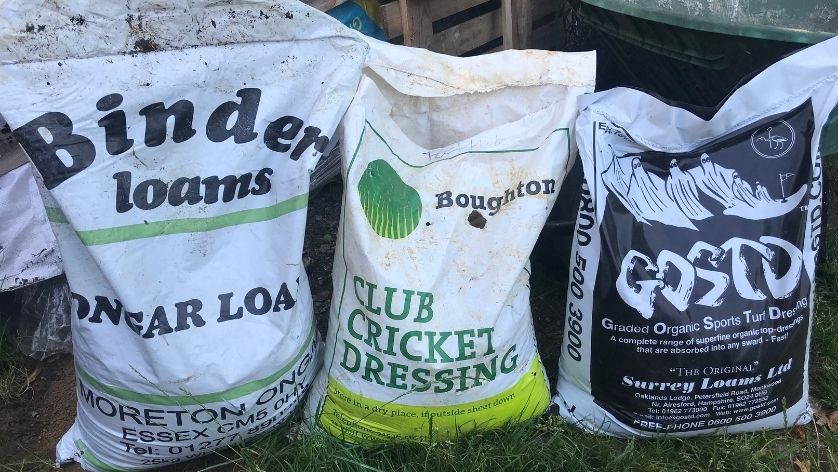Now the mixtures used and the definition of cricket loam can drastically change depending on which part of the world is using it. In the northern hemisphere, loam is soil composed mostly of sand, silt, and a smaller amount of clay.

By weight, its mineral composition is about 40–40–20% concentration of sand–silt–clay, respectively. However in the southern hemisphere typically in places like Australia where the climate is tropical, a much larger portion of clay is used. Sometimes upwards of 60%.The high clay content soils used in Australia and the West Indies, which potentially provide very fast pitches are, however, generally inappropriate in England due to less favorable climatic conditions for soil drying.
The performance of a cricket dressing is dependent upon many factors but the ultimate aim is to produce a hard surface that will grow healthy grass and not break up during play. This is achieved by selecting loams of sufficient clay content supplied with the nutrients present in naturally occuring loam. A good quality cricket loam will produce a surface that can be described as “the nearest thing to concrete that will grow grass.”

Most people pay most attention to the clay content. Whilst this is important to indicate the kind of binding strength to expect from a product, it is not the sole factor we need to focus on. Higher clay content can indicate a high binding strength, but soil is complex so a combination of the sand, silt and clay with a lower clay and higher sand content can give a more resilient product. Particles interact, so the correct balance is often superior to simply having a higher count in one or another category.
Organic matter (OM) can often be as vital as simple clay content. If a loam has a high organic quotient, soil development over a period of time will produce humus and vegetative matter, both of which can contribute to an increase in OM. Inefficient or insufficient end-of-season renovation can be a major contributor to this menace to cricket squares.
Why do sand and silt matter? They don’t seem to contribute, do they? Incorrect once more my friend. We all have to bow to the maxim of balance. It has been said in the past that the ‘perfect’ loam (for these usages) would be 33.33% each of sand, silt and clay but this rarely if ever occurs in nature. The sand and slit will help fill any gaps left between clay when rolling and compaction is carried out to produce a wicket.
